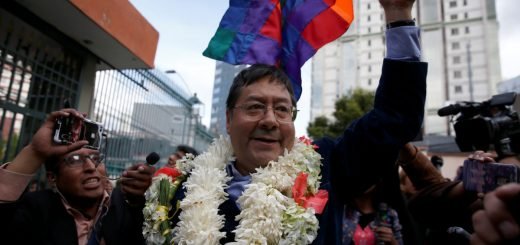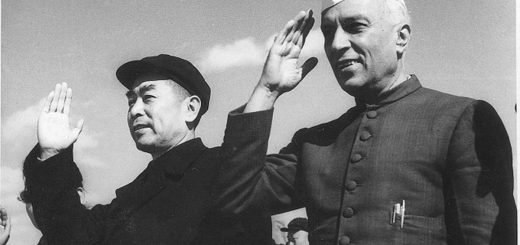Revisiting Nehru’s Non-alignment Policy during the Russia-Ukraine war
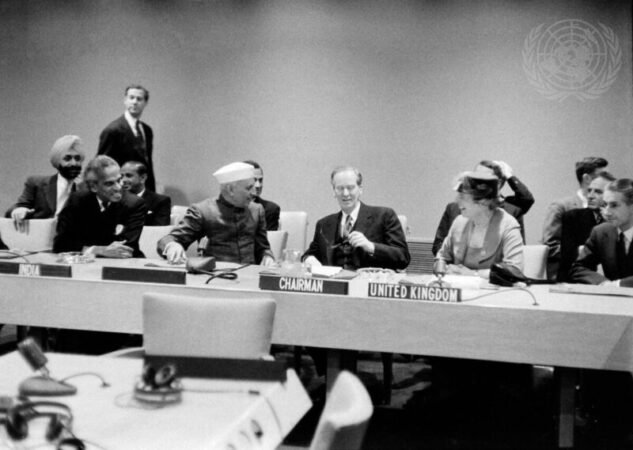
Introduction
“The power of nations assembled here is not military power or economic power, nevertheless it is power. Call it moral force”.
-Jawaharlal Nehru At the first NAM Conference in 1961
Since independence India had adopted the policy of ‘Non-Alignment’. The term non-alignment denotes different meanings to different people. Western Scholars like Hans J. Morgenthau, George Liska, Lawrence W.Marton and others have preferred the term ‘neutralism’ or ‘neutrality’ to ‘non-alignment’ but initially non-alignment started as a movement by the third world countries to have a separate identity from the bi-polar politics of United States and the USSR in particular or the socialistic and capitalistic bloc in general. Non-Alignment is defined as a policy of keeping out alliances in general and military pacts in particular. The term is very close to neutralism since the basic object of the two is ‘non-involvement in Gold War’ in particular, and in the actual war in general (Devender,1986). The Indian policy of Non-alignment has more or less succeeded in maintaining good relations with powers that quarrel among themselves (Fabian,2019).
NAM: A Conceptual Framework
Pandit Jawaharlal Nehru, the first Prime Minister of the Independent Republic of India is considered to be the father of Indian Non-Alignment. Even before the Indian Independence Nehru in the Viceroy’s Executive Council[1] as vice chairman and member in-charge of External Affairs had made powerful remarks on India’s stand in world politics:
“We propose as far as possible, to keep away from the power politics of groups, aligned against one another, which have led in the past to world wars and which may again lead to disasters to even vaster scale”.
– Nehru, 1946
The above statement of Nehru is similar to the Indian Foreign policy even today. And further in Asian Relations Conference was held in New Delhi from March 23 to April 2, 1947, Nehru made a powerful remark on the west:
“We Asia have been petitioners in Western courts and chancelleries. That story must now belong to the past. We propose to stand on our own feet and to cooperate with all others who are prepared to cooperate with us. We do not intend to be playthings of others.”
– Nehru, 1946
After Indian independence, Nehru being a socialist was clear that India would have an independent foreign policy. And wanted India to play a leadership role without aligning with any blocs of the world. Safeguarding the National Interest and ensuring World peace were the main objectives of Nehru’s foreign policy. And he was very clear that this principle of neutrality was not an easy task. In his own words
“Ultimately foreign policy is the outcome of economic policy, and till that time, when India has properly evolved her economic policy, her foreign policy will be rather vague, rather inchoate, and will grope about”
– At the Constituent Assembly in December 1947
To achieve this Nehru put forward the idea of the Non-Alignment Movement (NAM) through which India got all kinds of assistance from both the blocs since the time of her independence. On 22 December 1954 meeting in New Delhi Indian Prime Minister Jawaharlal Nehru and President of Yugoslavia Josip Broz Tito signed a joint statement that stated :
“The President and the Prime Minister desire to proclaim that the policy of non-alignment adopted and pursued by their respective countries is not “neutrality” or neutralism and therefore passivity as sometimes alleged, but is a positive, active, and constructive policy seeking to lead to a collective peace.”
– Text of joint statement by Marshal Josip Tito and Prime Minister Jawaharlal Nehru, December 23, 1954 (Lorenz,2016).
Bandung Conference
The Bandung Conference which was held from April 18-24, 1955 had an extremely important legacy of bringing the visionary leaders of Asia and Africa for the first time on a common platform. Which is still a vital factor in international relations. More importantly, the 1955 Bandung Conference led to the establishment of the Non-Aligned Movement (NAM).
“So far as I am concerned, it does not matter what war takes place; we will not take part in it unless we have to defend ourselves. If I join any of these big groups I lose my identity. If all the world were to be divided up between these two big blocs what would be the result? The inevitable result would be war”
– Prime Minister Nehru: Speech to Bandung Conference Political Committee, 1955
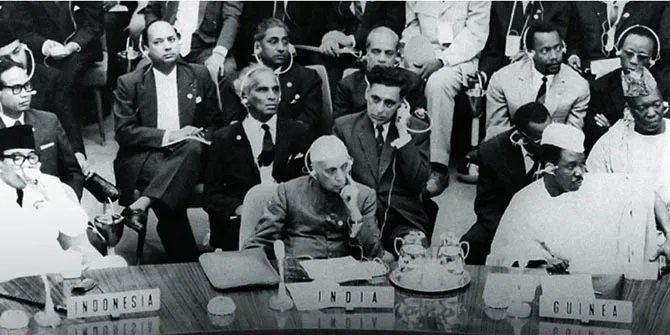
The 1961 Summit Conference of Heads of State or Government of the Non-Aligned Movement held at Belgrade was the first official conference of the Non-Aligned Movement which is regarded as the “Third World’s Yalta [2]”. This conference recognized the mutual interests of the third world.
Rubinstein[3] sums up the elements of this conference as: “nonmembership in any military or ideological bloc dominated by one of the Great Powers; a commitment to equality in relations between nations, large and small, powerful and weak; the right of every country to self-determination; and avoidance of force as a method of settling international disputes” (Rubinstein 1970, 80).
The Founders of NAM have preferred to declare it as a movement but not an organization in order to avoid bureaucratic implications of the latter. Nehru, a Gandhian, and a true socialist during his term tried to portray India as a peace-loving neutral state and adopted this policy which helped India to be equidistant from power games played by superpower nations yet take benefit for both sides for her own needs in agriculture, education, military, and food grains (Kumar, 2022).
Russia-Ukrainian war and Nehru’s Non-alignment Policy
The goals enshrined by first Prime Minister Jawaharlal Nehru in the foreign policy of the country remain relevant even today and have assumed greater salience in the era of economic liberalization. The Russia-Ukrainian war has led to a rediscovery of Nehru’s Non-alignment in India’s foreign policy. In 1957, a year after the intervention in Hungary, Prime Minister Jawaharlal Nehru explained in Parliament why India took a non-condemnatory approach. “There are many things happening in the world from year to year and day to day, which we have disliked intensely. We have not condemned them because when one is trying to solve a problem, it doesn’t help calling names and condemning”(Jhon, 2022).
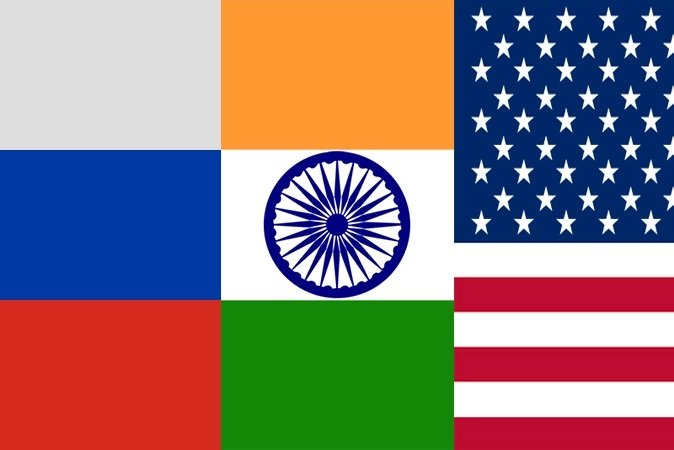
India is a peace-loving Nation and promoter of Democracy. Thus during the crisis, India urged “respect for the sovereignty and territorial integrity of states,” called “for the immediate cessation of violence and hostilities,” regretted “that the path of diplomacy was given up” and urged the concerned states to “return to it,” and reiterated that “dialogue is the only answer to settling differences and disputes, however daunting that may appear at this moment.” But at the same time :
- India abstained from a US-sponsored United Nations Security Council (UNSC) resolution that deplores in the strongest terms Russia’s aggression against Ukraine.
- India abstained from a United Nations General Assembly resolution that censured Russia for its military actions in Ukraine.
- India also abstained from the International Atomic Energy Agency (IAEA) resolution that was related to safety at four nuclear power stations and a number of nuclear waste sites including Chornobyl, as the Russians seized control of them.
And India has also not imposed any sanctions on Russia, because of the Bilateral relations between both countries. Though the USA has been sceptical of India from the beginning, the Soviet Union has proven to be a staunch supporter of India. Nehru and later Indira Gandhi cultivated a special relationship with the Soviet Union which helped India strategically. And also the tactical collaboration with the Soviet Union during the 1971 India-Pakistan war cannot be forgotten. Russia has been one of the largest suppliers of Arms to India and we also largely depend on Russian Oil. Based on trust and understanding, Indo-Russian relations are characterized by stability and continuity.
The West has critically condemned India’s stand on Ukraine. The European and The US media houses have been critical of India’s neutral stance and called it has Pro-Russian Stand. Joe Biden, the President of the United States has also described India’s stand as “somewhat shaky”.
The US government has also warned India of the Consequences by asking India to “stand on the right side of history”[4]. However, this condemnation cannot really turn into sanctions as India is one of the most important partners and the US would not want to isolate India. Australia has already made clear that QUAD has accepted the Indian position in Russia and understands the same. Therefore, any attempt of sanctioning India, if made by the US would turn futile (Aavish,2022). And facing dual-threat of China and Pakistan it is important to note even China and Pakistan have also abstained from voting against Russia. India has improved its strategic partnership with the U.S., and the West in general, over the last 30 years, while at the same time retaining warm ties with Russia and it is important to continue these relations.
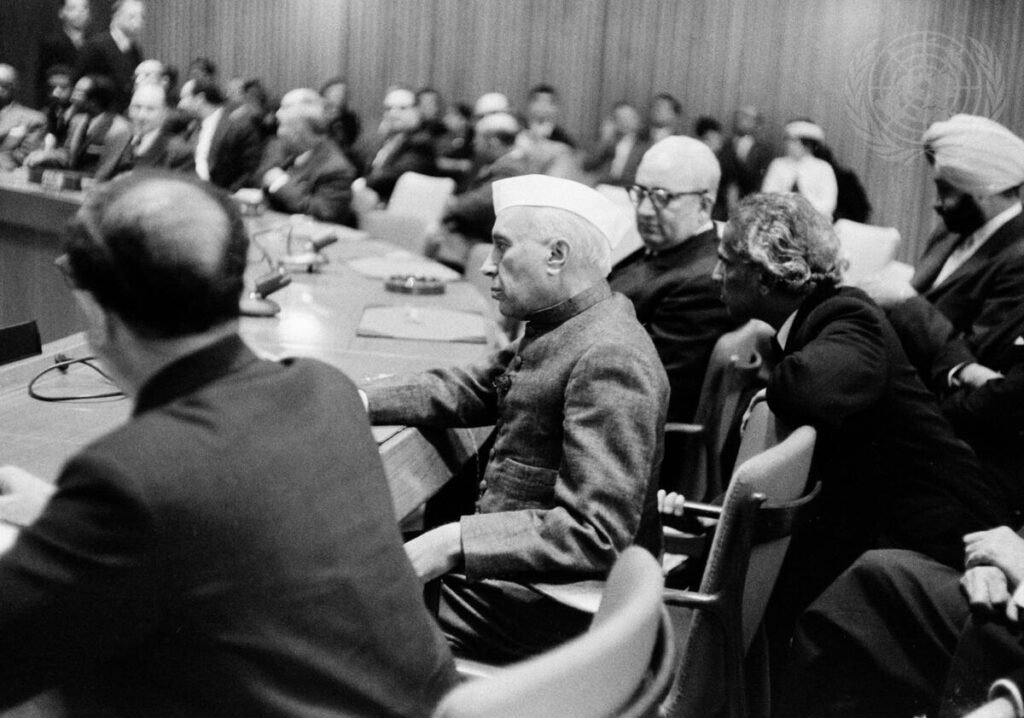
Conclusion
The core principles of Nehru’s Non-Aligned Movement beckons India again to remain independent, non-aligned to any established or emerging superpower but be friends with all countries who reciprocate friendship. One-sided alignment can only cause more damage to India than good. In the words of External Minister S Jaishankar “The most urgent issue is to prevent hostilities from escalating to a level where it only does harm, Like Lord Krishna, India has done everything to prevent war and advocate a return to dialogue and diplomacy India has to manage its historical and strategic interests at stake, as well as larger issues flowing out of the Ukraine crisis, such as fuel, food and fertilizer shortages”
While some experts in the field argued that India has moved from “Non-Alignment” to “Multi-Alignment” or “All-Alignment” based on its conduct of realist notions of foreign policy. It is important to note that right from the time of Nehru India’s policy was of the same Kind. To describe India’s policy the proverb “Jack of all, Master of None” can be altered to “Friend of all, Enemy of none’. This is because India being a developing country needs all friendly superpowers to collaborate in science, information technology, military, agriculture, nuclear technology, etc to make us ‘Vishwaguru’ as our present Prime Minister calls it.
Footnotes
[1] Viceroy’s Executive Council became the executive branch of the interim government.
[2] The Yalta Conference (codenamed Argonaut), also known as the Crimea Conference, held 4–11 February 1945, was the World War II meeting that brought together Churchill, Roosevelt and Stalin
[3] Dr. Alvin Z. Rubinstein, professor of political science
[4] US Commerce Secretary Gina Raimondo
REFERENCES
- Aavish, India’s NAM 2.0: Why West’s response to Modi’s non-alignment is restrained. (2022). Retrieved 18 September 2022, from https://www.indiatoday.in/news-analysis/story/india-russia-ukraine-war-west-narendra-modi-1933326-2022-04-04
- ALAM, MUHAMMAD BADIUL. “The concept of non-alignment: a critical analysis.” World Affairs, vol. 140, no. 2, 1977, pp. 166–85. JSTOR, http://www.jstor.org/stable/20671723. Accessed 18 Sep. 2022.
- Ampiah, K. The political and moral imperatives of the Bandung Conference of 1955.
- Ancic, Ivana. August 17, 2017. “Belgrade, The 1961 Non-Aligned Conference.” Global South Studies: A Collective Publication with The Global South.
- Fabian, K. (2022). Distinguished Lectures Details. Retrieved 18 September 2022, from https://mea.gov.in/distinguished-lectures-detail.htm?810
- G. M. Kahin, The Asian-African Conference (Cornell University Press, 1956), pp. 64-72.
- India Quarterly , October-December, 1989, Vol. 45, No. 4 (October-December,1989), pp. 367-401
- Jabeen, Mussarat. (2013). Nehru as the Sole Arbiter of Indian Foreign Policy: An Analytical Review of the Years 1947-64.
- Jhon, S. (2022). Ukraine and the anatomy of India’s neutrality. Retrieved 18 September 2022, https://www.thehindu.com/opinion/lead/ukraine-and-the-anatomy-of-indias-neutrality/article65300245.ece
- Kumar, D. (2022). Ukraine crisis: Nehru’s Non-Aligned Movement (NAM) doctrine beckons India. https://timesofindia.indiatimes.com/blogs/everything-under-the-sun/ukraine-crisis-nehrus-non-aligned-movement-nam-doctrine-beckons-india/
- Lüthi, Lorenz. (2021). Relations of the Non-Aligned Movement with Other Regional Movements and Organisations During the Cold War. 10.18485/iipe_60nam.2021.ch9.
- Mišković, Nataša (2009). “The Pre-history of the Non-Aligned Movement: India’s First Contacts with the Communist Yugoslavia, 1948–50” (PDF). India Quarterly. 65 (2): 185–200. doi:10.1177/097492840906500206. S2CID 154101021.
- Rubinstein, Alvin Z. 1970. Yugoslavia and the Nonaligned World. Princeton, N.J: Princeton University Press.
- The South Centre | Revisiting the 1955 Bandung Asian-African Conference and its legacy. (2022). Retrieved 18 September 2022, from https://www.southcentre.int/question/revisiting-the-1955-bandung-asian-african-conference-and-its-legacy/



